The Willis Carey Wing of the Cashmere Museum in Cashmere, Washington includes an exhibit of Pacific Northwest and Alaska artifacts.
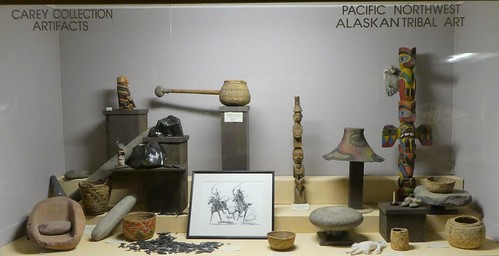
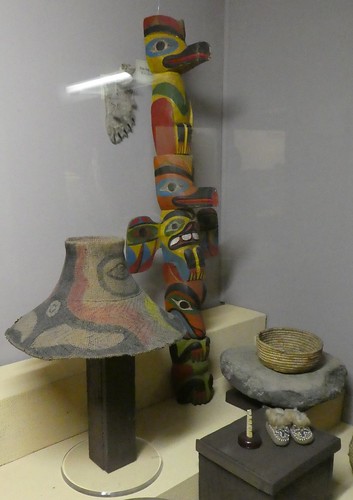
 The stone mortar and pestle shown above was used for grinding seeds and nuts.
The stone mortar and pestle shown above was used for grinding seeds and nuts.
Wild plant foods are often ground into a flour or meal so that they can be used in making food. Many Indian cultures used stone mortars and pestles (manos and metates) for this process.
 Shown above are a stone pestle and a stone hammer head.
Shown above are a stone pestle and a stone hammer head.
 Shown above is a stone pestle, a woven basket, and projectile points and other tools made from obsidian.
Shown above is a stone pestle, a woven basket, and projectile points and other tools made from obsidian.
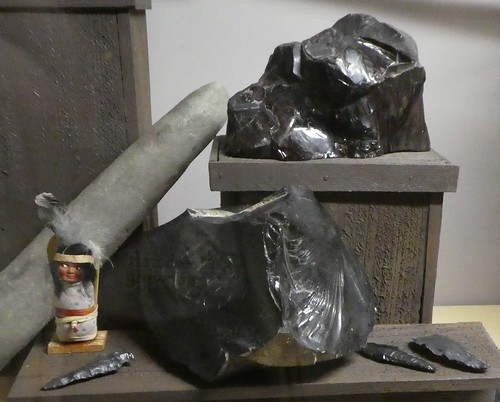 Shown above is the obsidian used for making stone tools.
Shown above is the obsidian used for making stone tools.
Obsidian, a natural glass produced by volcanic action, was a valued natural resource for many tribes. A blade knapped from obsidian is sharper than a surgical scalpel. In some places obsidian is found in massive flows but it can be difficult to extract. On the Northwest Coast, obsidian was relatively rare and therefore was a highly valued trade item.
 Shown above are beaded moccasins with fur trim.
Shown above are beaded moccasins with fur trim.
 Shown above is a woven Klickitat basket.
Shown above is a woven Klickitat basket.
 Shown above is a basket made by Evangeline Sealth, the daughter of Chief Seattle.
Shown above is a basket made by Evangeline Sealth, the daughter of Chief Seattle.
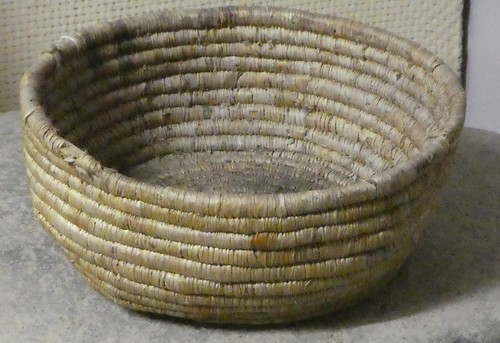
 Shown above is an Alaskan Eskimo basket.
Shown above is an Alaskan Eskimo basket.
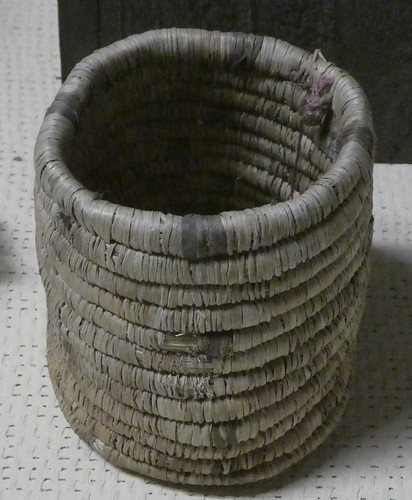 Shown above is a small Alaskan Eskimo basket.
Shown above is a small Alaskan Eskimo basket.
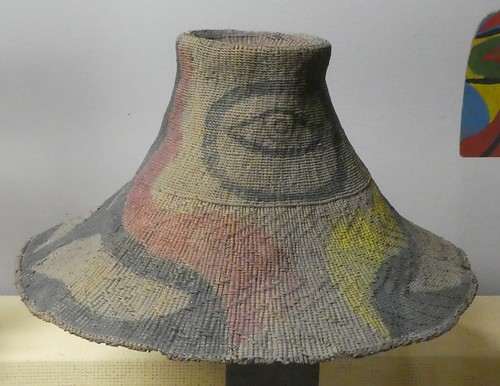 Shown above is a woven Northwest Coast hat.
Shown above is a woven Northwest Coast hat.

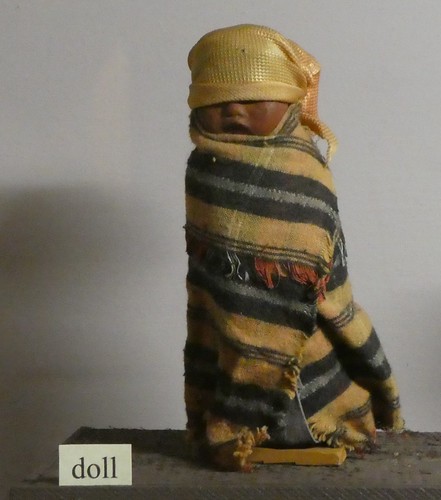
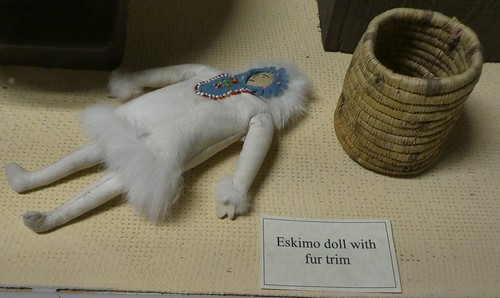

 Shown above is a small Northwest Coast totem pole and a basket.
Shown above is a small Northwest Coast totem pole and a basket.
 Detail from the totem pole
Detail from the totem pole
 Detail from the totem pole
Detail from the totem pole
 Detail from the totem pole
Detail from the totem pole
More museum exhibits
Indians 101: Wenatchi Indians (museum exhibit)
Indians 101: Entiat and Chelan Indians (museum exhibit)
Indians 101: Native American Salmon Fishing on the Columbia River (museum exhibit)
Indians 101: Plateau Indian food gathering (museum exhibit)
Indians 101: The Fowler Collection of American Indian artifacts (museum exhibit)
Indians 101: Buckskin (museum exhibit)
Indians 101: Native American craftsmanship (museum exhibit)
Indians 101: Coastal canoes (museum exhibit)


